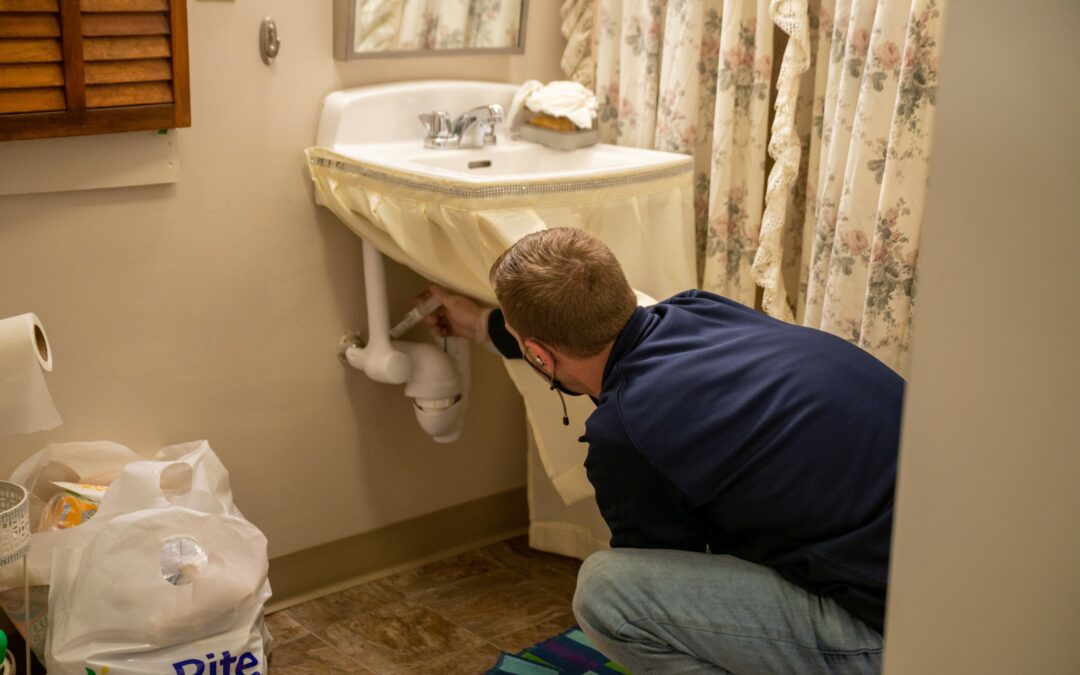Pheromones are odorous chemicals that all animals secrete from their bodies, including humans. Animals secrete many types of pheromones that trigger different social behaviors. For example, a female dog in heat secretes sex pheromones that attract male dogs, and sex pheromones also influence human mate choice. It is now understood that animals secrete “fear pheromones” that alert other animals of an impending danger in the environment. Obviously, humans and many other animals communicate with their own kind in many different ways, but for primitive insects, pheromone release and detection is the principal method of communication. Insects secrete pheromones that facilitate a variety of behaviors including mate attraction, danger avoidance, defense, foraging, aggregation, and egg laying. Many traps that use pheromones as a lure to capture insect pests are now commercially available, and they are often successfully used by pest control professionals.
Only two types of insect pheromones are used as a lure in insect pest traps. These pheromones are known as sex pheromones and aggregation pheromones. These pheromones are synthesized in a lab before being placed in traps, and they come in many different forms including flakes, hollow fibers, laminated plastics, tape and rubber septa. Pheromone traps are now being developed for bed bug control purposes, and a few bed bug pheromone traps are already on the market, but most existing pheromone traps are designed to capture pantry pests and fabric pests, such as Indian meal moths, carpet beetles and flour beetles. There are also pheromone traps that are designed to capture lawn and plant pests, like Japanese beetles, and a variety of stinging insects, like wasps. Each pheromone trap is specifically designed to capture one species of insect pest, and one pheromone trap will not effectively control multiple insect pests. Pheromone traps are placed around suspected insect pest hiding spots, or harborages, and they allow pest control professionals to quickly identify the location and approximate population size of insect pests within a home.
Have you ever used traps of any kind to control insect pests within your home?

